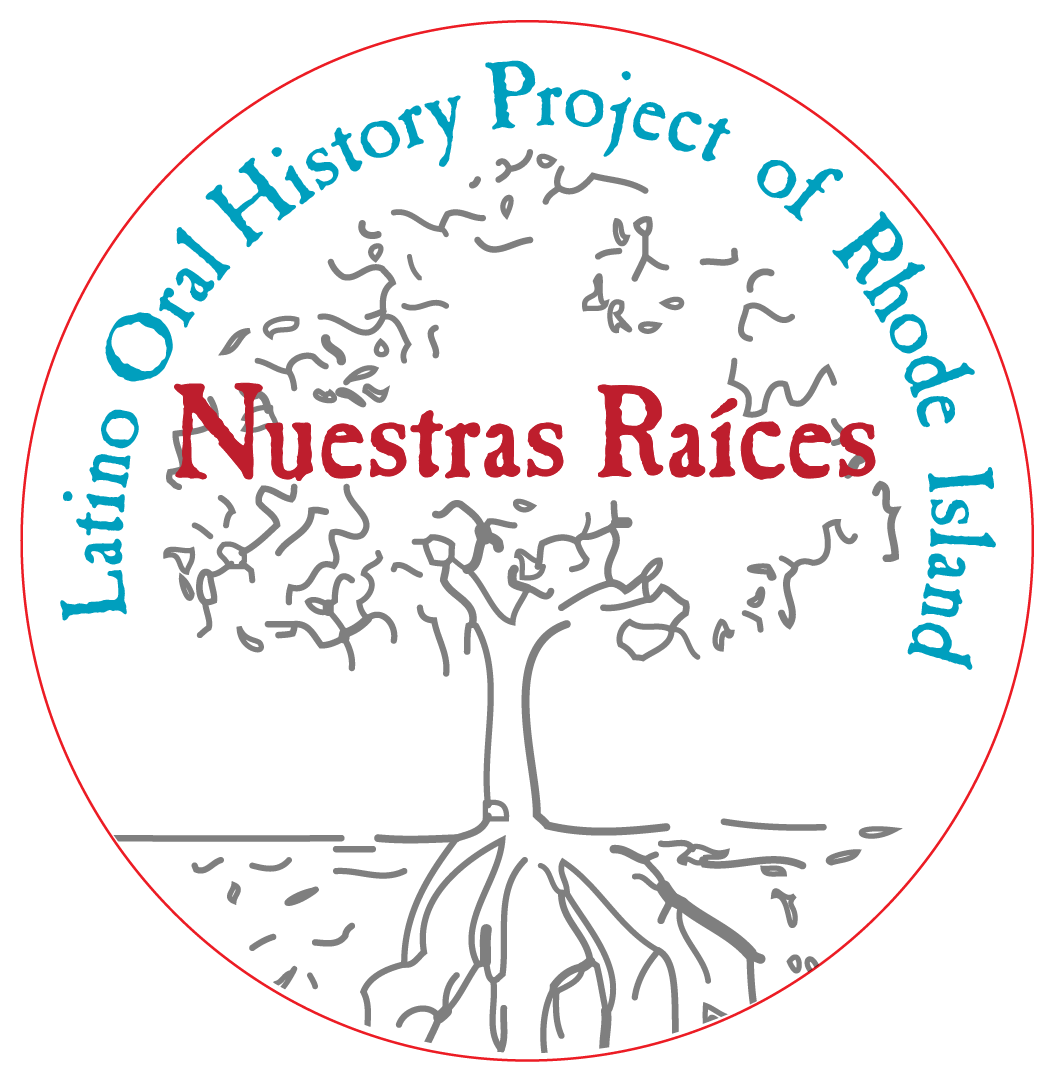During World Wars I and II, many Mexican Americans and Puerto Ricans were drafted on a large scale for the first time. Many of them also volunteered to fight overseas. Although the Puerto Ricans had been coming to the United States mainland since the early 1900s, when the island became a U.S. protectorate, the heaviest migration occurred after World War II. For both Mexicans and Puerto Ricans, serving in the war was the benchmark for self-awareness. This was due in part to the fact that many had left crowded, unsanitary barrios for the first time and were suddenly exposed to new ideas of fairness and equality. These Latinos not only learned new skills that they could not have developed in their rural communities, but for the Puerto Ricans it was also a grand exposure to mainland prosperity.
In the 1930s, during WWII, the United States found itself with a great labor shortage because Americans were going off to fight in Europe. During that time, the government lifted any immigration laws and allowed Mexican workers into the U.S., through the Southern borders. In the 1920s and 30s, cotton growers in southern states brought thousands of these workers to work in the fields, an industry which had a great need for cheap labor.
Beginning in 1942, temporary workers were brought from Puerto Rico and Mexico through the Bracero Program, which was a labor agreement between the United States and Mexico.
Although the Bracero Program brought Mexicans to the United States to work primarily in agriculture, some workers were also employed in various industries. Over 100,000 contracts were signed between 1943 and 1945 to recruit and transport Mexican workers to cities all around the United States for employment on the railroads. Rhode Island was no exception when in 1944, up to 142 men were brought to East Greenwich to work on the New Haven Railroad Project.
Until the introduction of synthetic fibers, almost all clothing was made from cotton or wool. After the cotton was picked by Mexican laborers in Southern states such as Georgia, Alabama and North and South Carolina, it was first sent to cotton gins for processing, and then it came to New England lacework factories and textile mills, where it was woven into fabrics. This process of importing cotton from the south continued for the next three decades—well into the 1960s.
In Rhode Island in the 1960s, textile mills in Central Falls such as Lyon Factory, and Pontiac and Cadillac in Cumberland benefited greatly from the heavy importation of cotton. While jobs were in abundance at the time, the mills were filled with older skilled workers, and young people preferred jobs that were not so physically demanding. Mill owners could not keep up with the amount of work that needed to be done. It was that need that started the active recruitment of individuals from Colombia, an act that contributed greatly to the birth and growth of the Colombian community in the Rhode Island. Additionally, lace making factories such as Barrington LaceWorks, hired skilled Mexican laborers, who helped keep the lacework business alive through the late 1980s.
In the 1930s, during WWII, the United States found itself with a great labor shortage because Americans were going off to fight in Europe. During that time, the government lifted any immigration laws and allowed Mexican workers into the U.S., through the Southern borders. In the 1920s and 30s, cotton growers in southern states brought thousands of these workers to work in the fields, an industry which had a great need for cheap labor.
Beginning in 1942, temporary workers were brought from Puerto Rico and Mexico through the Bracero Program, which was a labor agreement between the United States and Mexico.
Although the Bracero Program brought Mexicans to the United States to work primarily in agriculture, some workers were also employed in various industries. Over 100,000 contracts were signed between 1943 and 1945 to recruit and transport Mexican workers to cities all around the United States for employment on the railroads. Rhode Island was no exception when in 1944, up to 142 men were brought to East Greenwich to work on the New Haven Railroad Project.
Until the introduction of synthetic fibers, almost all clothing was made from cotton or wool. After the cotton was picked by Mexican laborers in Southern states such as Georgia, Alabama and North and South Carolina, it was first sent to cotton gins for processing, and then it came to New England lacework factories and textile mills, where it was woven into fabrics. This process of importing cotton from the south continued for the next three decades—well into the 1960s.
In Rhode Island in the 1960s, textile mills in Central Falls such as Lyon Factory, and Pontiac and Cadillac in Cumberland benefited greatly from the heavy importation of cotton. While jobs were in abundance at the time, the mills were filled with older skilled workers, and young people preferred jobs that were not so physically demanding. Mill owners could not keep up with the amount of work that needed to be done. It was that need that started the active recruitment of individuals from Colombia, an act that contributed greatly to the birth and growth of the Colombian community in the Rhode Island. Additionally, lace making factories such as Barrington LaceWorks, hired skilled Mexican laborers, who helped keep the lacework business alive through the late 1980s.
Next ➤


Latino Oral History Project of Rhode Island | 209 Central St. • Central Falls, RI 02863 | All Rights Reserved © 2025 | Contact Us